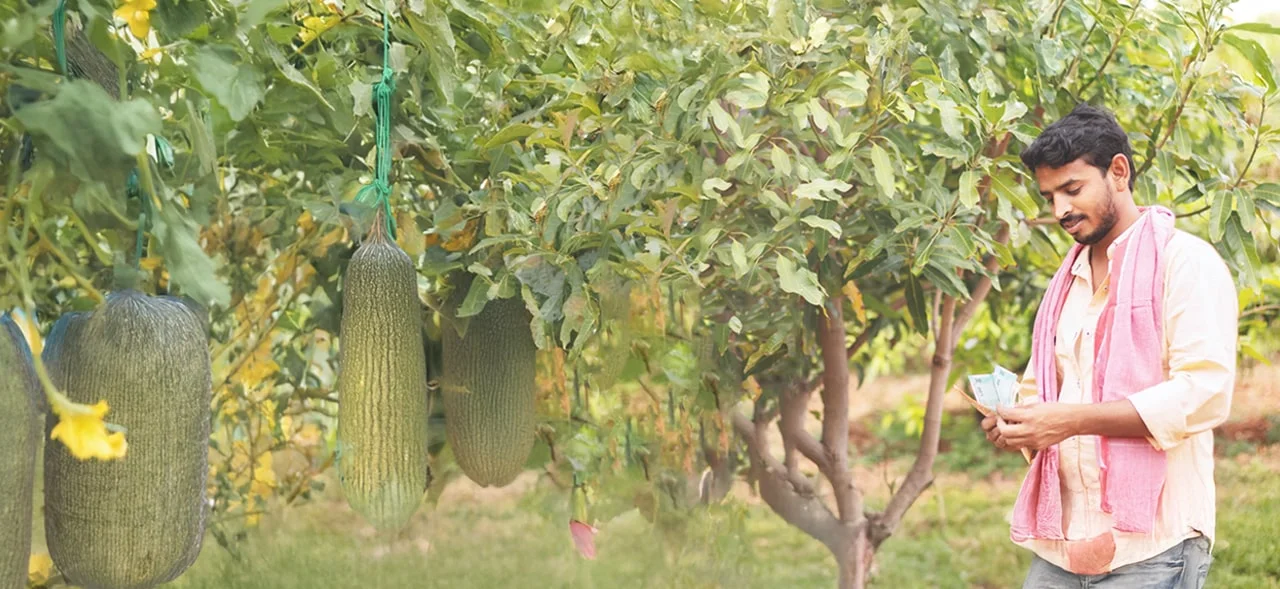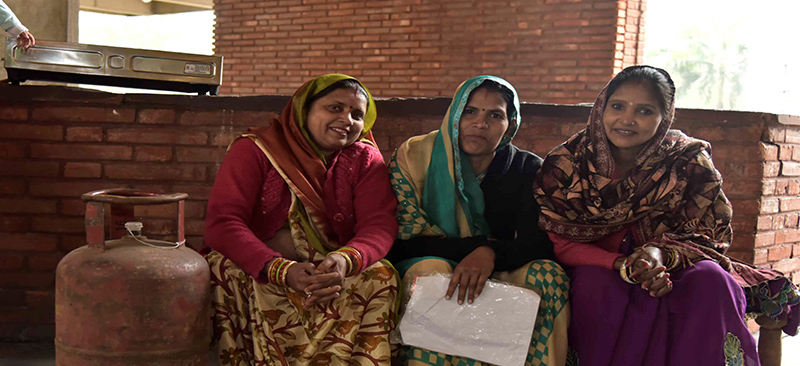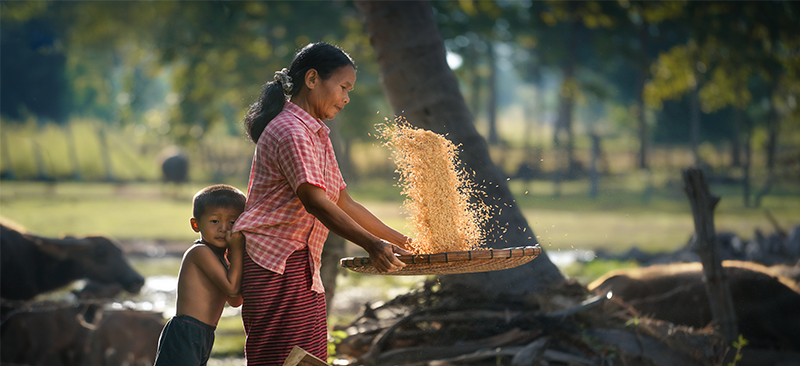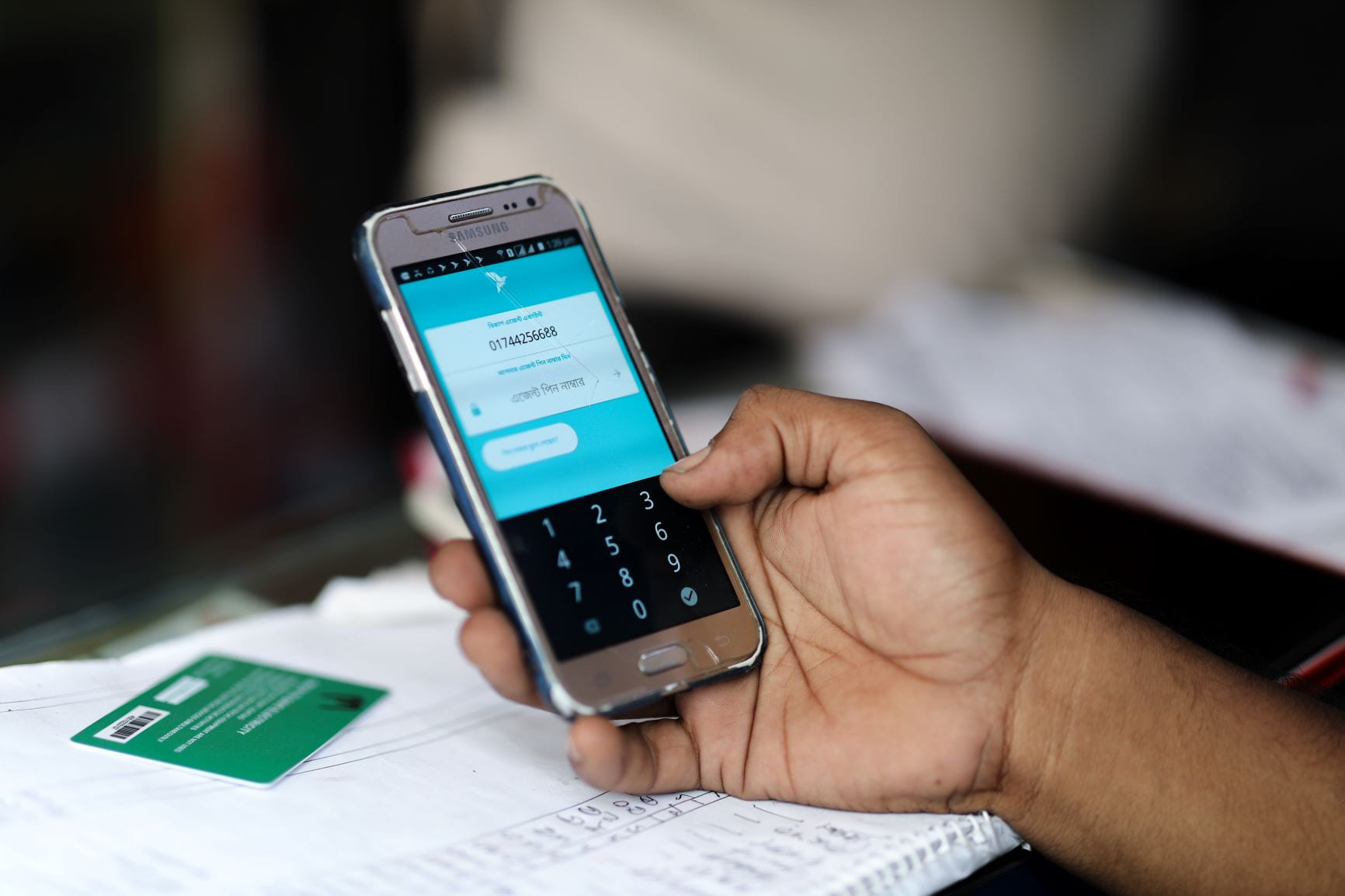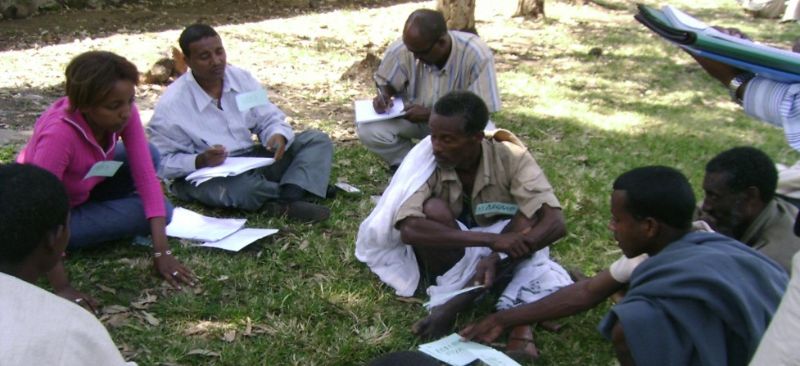The Government of India undertook various reforms to improve the fertilizer subsidy distribution system, including the introduction of direct benefit transfers. Despite improvements in the distribution of fertilizers, it faces various challenges in the implementation of direct cash transfers (DCT) in fertilizers. This publication highlights these challenges and provides an approach for the government to resolve the barriers in a planned, stepwise manner before the national rollout of DCT in fertilizers.
Blog
India’s LPG cooking gas subsidy reform: Lessons for policymakers in reducing costs and building acceptance for reform
The publication discusses lessons and insights from MSC’s comprehensive evaluation studies on major LPG subsidy programs including PAHAL (DBTL) and PMUY. It summarizes India’s reforms to streamline, digitize, and transform cooking gas subsidy from an in-kind to a cash transfer program. The publication also highlights key lessons for policymakers to reduce the government’s subsidy burden. It builds on the G2P digitization framework and expands on the importance of institutional and ecosystem readiness and the usage journey of recipients for successful reforms.
Gender: The blind spot of the COVID-19 response in low- and middle-income countries
The COVID-19 pandemic has posed unprecedented challenges for governments and citizens around the world, straining health systems, economies and the very social fabric of nations. The risk associated with this crisis is especially high for those with limited access to resources due to their gender, geography, age and ethnicity.
Women comprise an overwhelming majority in this segment. Emerging evidence suggests that the pandemic is imposing a disproportionately higher socio-economic cost on women. As Melinda Gates, gender equality advocate and co-chair of the Bill & Melinda Gates Foundation put it, “COVID-19 is gender-blind, but not gender-neutral.” In this article, we discuss four potential types of fallout from COVID-19 that will have lasting socio-economic impacts on women in India and other low- and middle-income countries. These are based on multiple studies that MSC conducted between March and July of 2020.
Potential fallout #1: Women are more economically disadvantaged
A research note from Citigroup estimates that of the 44 million workers in vulnerable sectors across the globe, 31 million women face potential job cuts, as compared to 13 million men. McKinsey reports that women’s jobs are more vulnerable to this crisis, with the job loss rate for women 1.8 times higher than that of men. Women make up 39% of global employment but account for 54% of overall job losses.
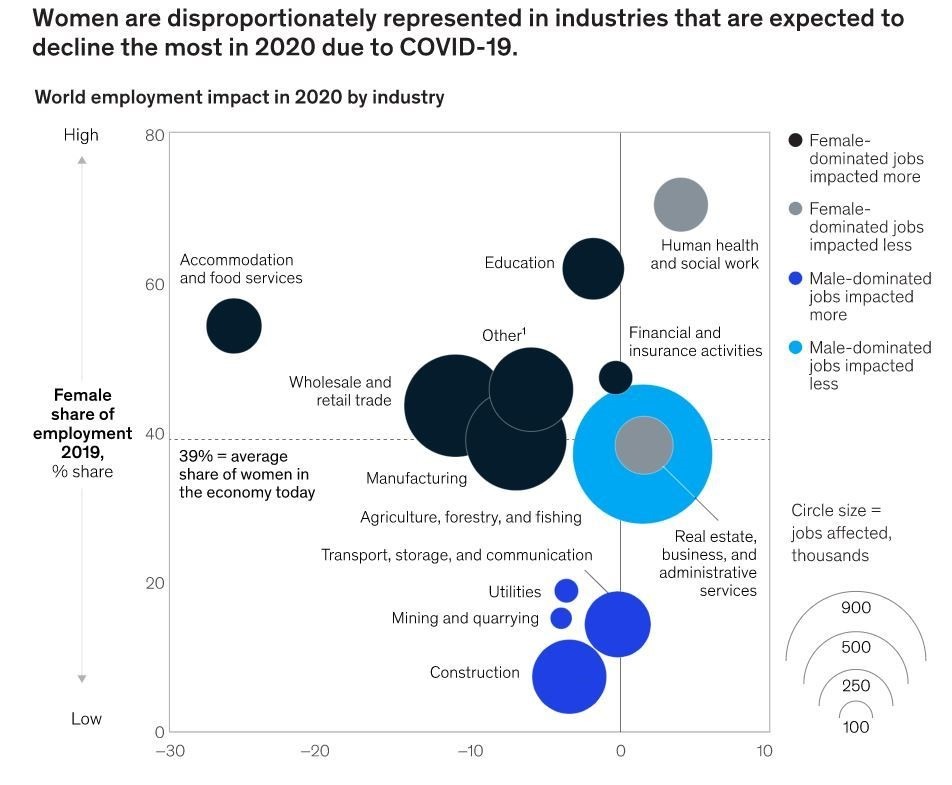
This disproportionate loss of women’s jobs seems to be a worldwide phenomenon. In Britain, mothers are 1.5 times as likely as fathers to have lost or quit their jobs during the lockdown. In the U.S., women accounted for 55% of job losses in April of this year, despite making up less than half of the workforce. This disparity is partly because women are overrepresented in sectors that the crisis has acutely affected, such as hospitality and tourism.
Even before the pandemic, more women than men in India were unemployed. The pandemic has only worsened this situation. MSC’s studies across Bangladesh, India, Indonesia, Kenya and Uganda find that women tend to be more worried about the lack of employment, food shortages and the financial crisis. These differences are particularly acute in India and Uganda. (For more details, please refer to this country-level comparison dashboard).
MSC’s recent research on the impact of the crisis on the low- and middle-income (LMI) segment and micro, small and medium enterprises (MSMEs) confirms that COVID-19 is widening the pre-existing socio-economic gender gap. In India, as many as 82% of women-owned MSMEs reported a decrease in their income, as compared to 72% of male-owned enterprises. Women-owned MSMEs face greater restrictions, decreasing demand, rising costs of inputs, inability to access markets and an increased burden of care work at home, among other factors that severely affect their incomes.
In addition, according to the World Economic Forum’s Global Gender Gap Report 2017, on average, 66% of women’s work in India is unpaid, compared to just 12% of men’s work. Mounting job losses and the economic slowdown will likely raise the household debt delinquency ratio and increase the proportion of women in unpaid work. MSC’s research on the LMI segments confirms that the burden of unpaid work has increased for women by 54% in Asia and 12% in Africa.
Potential fallout #2: COVID-19 will further restrict women’s mobility and increase the information gap on addressing health-related vulnerabilities
Through our studies focused on the LMI segment in Bangladesh, India, Indonesia, Kenya and Uganda, MSC has identified TV and radio as the main sources of information on COVID-19 for both men and women. However, women rely more on their social networks to obtain information on COVID-19, such as neighbors, local shops, friends, relatives and local government extension workers. Only 25% of men rely on their social networks to procure information, as compared to 40% of women.
The pandemic has also further limited women’s mobility, due to the lockdowns announced to curb its spread, limited or no availability of public transport, and stringent social distancing measures. This severely affects not only the lives of individual women but also the functioning of women’s collectives like self-help and joint liability groups. These groups are now unable to hold physical meetings and interactions, which limit women’s access to support systems and networks of information outside their homes.
Potential fallout #3: COVID-19 will suppress women’s voices and rights
Countries across the globe have reported an uptick in intimate partner violence associated with the lockdown. This is alarming, especially in light of data from the National Family Health Survey 2016 that suggests one in three women experience intimate partner violence in their lifetimes. A working paper published by the U.S. National Bureau of Economic Research compiled complaints registered with India’s National Commission for Women. It found an increase in the number of domestic violence complaints in red zone districts — those with strict restrictions on mobility. The average number of monthly complaints in these districts increased from below 1.5 before the lockdown in March to almost two during the lockdown in May. noticed an increase in incidences of domestic violence in their neighborhoods during the lockdown.
Meanwhile, on the global level, the United Nations Population Fund warns that the pandemic could undo almost a third of the progress made against gender-based violence.
Potential fallout #4: Women will be left behind in the race for digital adoption
Women generally lose out on access to and adoption of technology, given the persistent digital gender gap. GSMA reports that women in low- and middle-income countries are 8% less likely than men to own a mobile phone and 20% less likely to use mobile internet. A . The gender gap in mobile ownership is particularly large in Bangladesh, India and Uganda. Growing evidence suggests that, for the short-term at least, global smartphone sales are plummeting. The MSC report also points to women’s increased reliance on cash in the current situation. It shows a gender gap in the time spent on phones for any activity, implying reduced scope for women to adopt digital financial services.
MSC’s previous research with garment factory workers in India found extremely low adoption of digital channels among women. Though 36% of female workers have a smartphone, just 3% of them use mobile banking services, compared to 22% of male workers. The trend is similar among other channels, such as mobile wallets and BHIM, India’s mobile payment application. The absence of a strong digital ecosystem is another factor behind this low uptake, as digital channels and products are not designed around the needs of women in this segment.
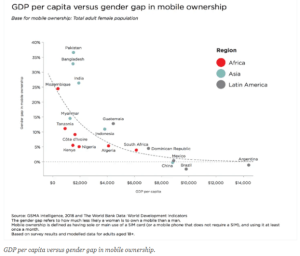 Several factors already work against women when it comes to the adoption of digital channels. These include reduced mobility, limited or no access to and control of phones, and a relative lack of their own to use during the transaction Additional obstacles include the absence of a strong digital ecosystem, a lack of women-focused products in the market–and more importantly, the fear of losing money in case of a failed transaction. Given these challenges, the prevailing gap in digital adoption may either remain unaltered or grow further during the pandemic.
Several factors already work against women when it comes to the adoption of digital channels. These include reduced mobility, limited or no access to and control of phones, and a relative lack of their own to use during the transaction Additional obstacles include the absence of a strong digital ecosystem, a lack of women-focused products in the market–and more importantly, the fear of losing money in case of a failed transaction. Given these challenges, the prevailing gap in digital adoption may either remain unaltered or grow further during the pandemic.
The signs of this widening gap are already present. MSC’s research with Indian MSMEs highlights that 33% of enterprises have started using social media for communication, while 10% have partnered with e-commerce players to mitigate risks to their businesses. However, these strategies were mainly confined to urban men. The research also indicates that India’s digital divide will further widen the education gap.
In conclusion, a gendered approach to planning for post-crisis recovery and reconstruction will help mitigate the larger-scale consequences of COVID-19 for girls and young women. If women’s unique needs and challenges are neglected, it may lead to greater gender disparity. Practitioners and policymakers both face an important test, as their actions will determine whether women are left behind in the post-COVID-19 world or not. The United Nations Secretary-General, Antonio Guterres has rightly called for the inclusion of women’s needs as part of the strategic response to COVID-19. Policymakers around the world are now responsible for crafting gender-responsive actions, and establishing gender justice and equality as a more prominent part of the mainstream pandemic response. The awareness of gender issues and the prioritization of gender rights and interests can not only get us through this pandemic faster, it can also help us move toward building an equal, inclusive and resilient society after the crisis has passed.
The blog was also published on Next Billion on 1st of October, 2020
Digitizing savings groups operations
Savings groups play a critical role in bringing access to financial services in rural areas where formal financial services are largely limited.
The onset of COVID-19 and the health and safety requirements to practice social distancing has limited the functioning of savings groups. Most members have been unable to meet to deposit savings, pay their monthly loan repayments, and discuss other group-related matters.
In this video, we present the challenges that savings groups face due to the COVID-19 pandemic and how the digitization of these savings groups operations benefits both the group members and the associated financial service providers.
Sustaining savings groups linked to financial institutions amid the COVID-19 crisis
Thirty-year-old Hope could barely contain her excitement. The homemaker from a remote district in Zambia had just heard the news that her savings group was being linked with a bank. She chose to join a savings group in her village as she knew the importance of financial services. Although she had a bank account, she preferred the savings group. This was because the bank branch was located 40 kilometers away and Hope felt that using the bank’s services was not worth the hassle of traveling the distance.
With her savings group being linked to a bank, Hope could now access door-step formal savings and credit services both for her group and herself. Her excitement though was short-lived, as her savings group halted operations once the government-mandated restrictions came into effect after the COVID-19 outbreak. This hindered access to savings and credit services for Hope and other members.
Hope’s situation is not unique. Many people like her across the world share a similar fate, as savings groups pause operations due to the restrictions and lockdowns enforced to contain the spread of the virus. Savings groups comprise self-selected individuals, especially from low- and moderate-income backgrounds, who pool money and on-lend within the group based on mutually agreed terms. Such groups play a pivotal role in bringing access to financial services in rural and remote areas where formal financial services are largely limited. The world today has about 750,000 savings groups with more than 15 million members across 73 countries.
Savings group mechanisms provide a safety net for vulnerable families by providing informal savings and credit services. Financial institutions have started to link savings groups after considering the opportunities to offer a broad range of financial and non-financial services to both groups and individual members. In this blog, we assess the impact of COVID-19 on savings groups linked to financial institutions and how financial institutions may adapt to help savings groups overcome the challenges and build resilience.
COVID-19 has caused an economic crisis and a global disruption of supply chains. MSC conducted a study recently to assess how the low and middle-income segments have been coping with COVID-19 in Kenya. It revealed that more than three-quarters of the respondents have either stopped earning or are earning less as a result of COVID-19. Most respondents confirmed that their savings are being depleted as their revenue sources have dried up.
As part of government measures to contain the spread of coronavirus, people are advised to observe social distancing and avoid social gatherings. Before COVID-19, the savings groups used to gather regularly as a group to meet, interact, and carry out financial transactions, such as savings, borrowing, and loan repayments. They would use these meetings to enhance skills and capacities and discuss social issues and problems. Social distancing guidelines and the fear of contracting COVID-19 have made it difficult for the savings groups in most countries to conduct meetings. Meanwhile, group members have shifted their expenditure priorities toward more urgent household needs, such as food. They have therefore been missing on savings or loan repayments. Moreover, the lack of meetings results in inadequate peer pressure to sustain these transactions.
The situation is equally bad for the savings groups linked to financial institutions. In the absence of group meetings, financial institutions have seen a fall in savings collection and delays in loan repayments. Besides, the members who have a need and the ability to repay credit have found it difficult to access loans. Without meetings or a digital platform, members who have saved thus far find it difficult to withdraw their savings to meet their needs—just when they need them most.
Uncertainties persist around the availability and effectiveness of the COVID-19 vaccine. No one knows if the virus will mutate, which could make the vaccine ineffective. If the prevailing situation continues, then many savings DiSustaining savings groupsgroups might dissolve altogether. This would significantly reduce access to finance for members through both informal and formal channels. How then should savings groups cope with the “new normal”, overcome the economic shocks, and build resilience against similar future pandemics? And what immediate interventions can financial institutions implement to support the savings groups sustainably?
The digitization of financial services for savings group is one answer to such questions that can provide a critical lever for business continuity, convenience, and access to financial services. Below we highlight key recommendations for financial institutions to support savings groups to overcome the economic shocks and build resilience against similar future pandemics.
Financial institutions may revive savings group operation through digitization to include group formation, registration, training, loan processing, loan repayment, and monitoring. Figure 1 below demonstrates the steps to follow.
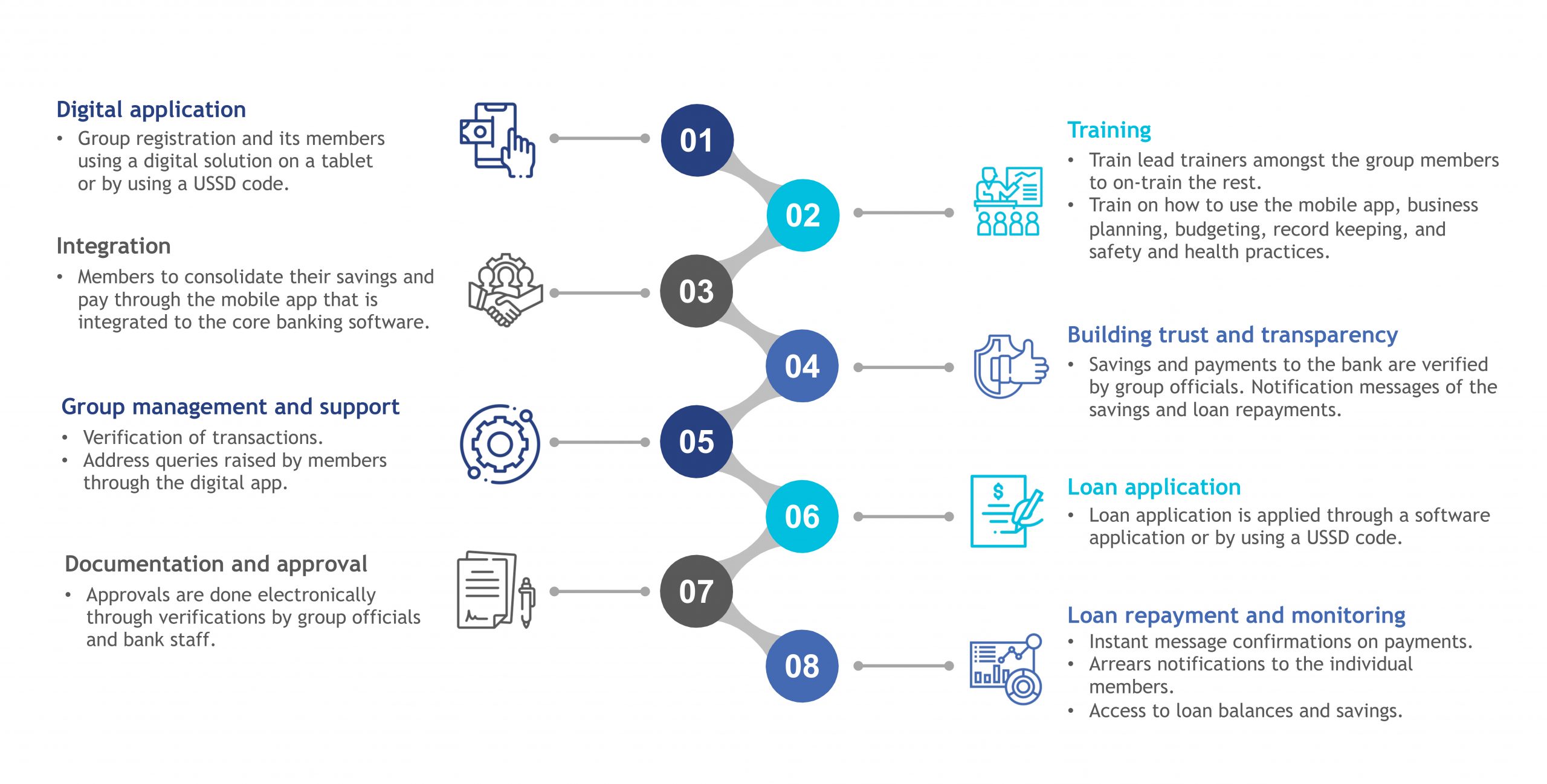
Figure 1. Steps in digitizing the operations of savings groups
We also note that while digitizing, financial institutions should focus on financial transactions to promote trust, transparency, convenience, and efficiency. Below is an illustration of the current activities by SGs with financial institutions and the considerations for digitization.
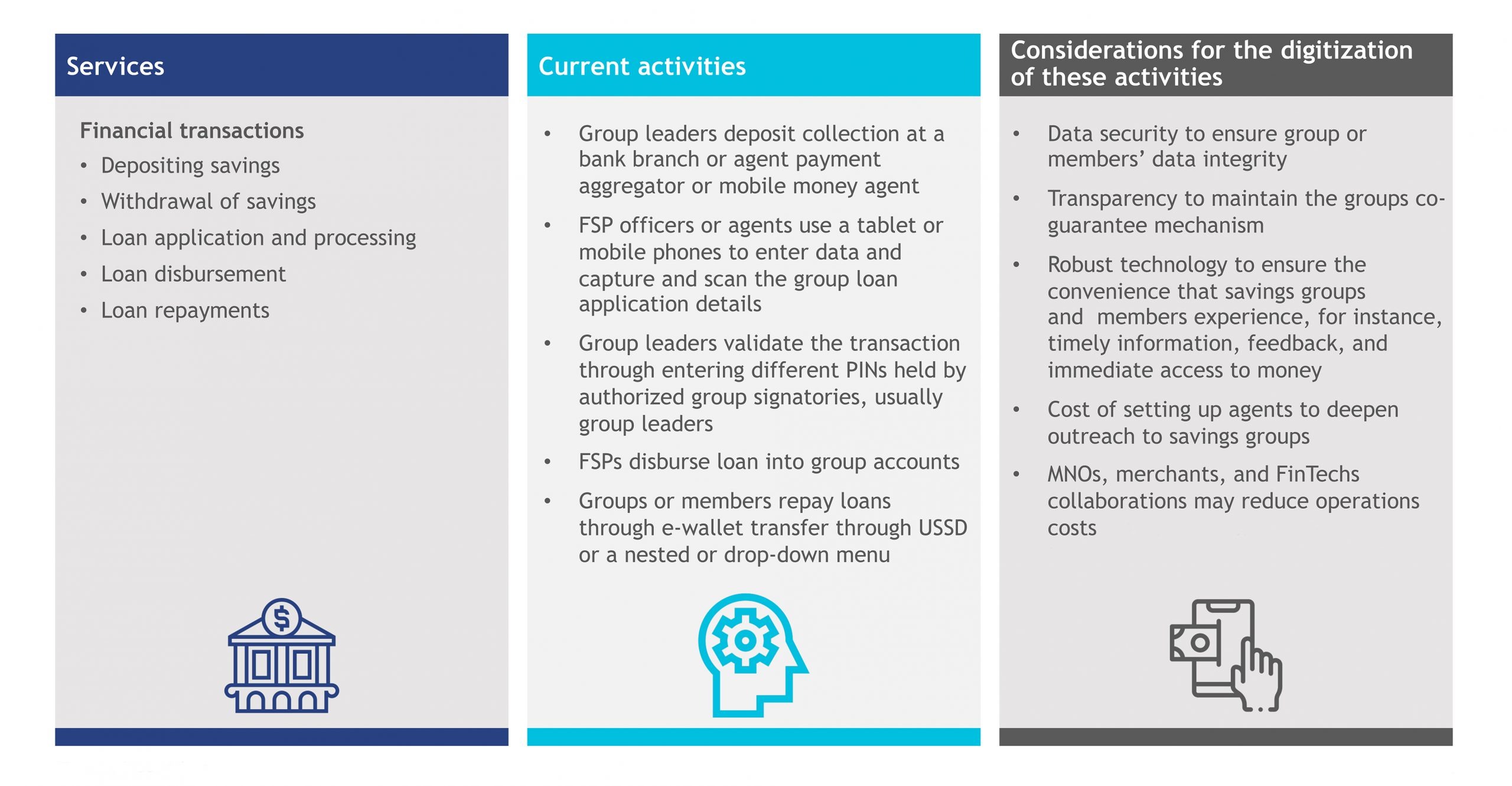
Financial institutions could develop customer-centric financial products beyond the “vanilla” savings and credit offerings. The new product suite may include insurance, on-tap credit, insurance, and pension, among other services. The savings groups should be built using approaches, such as MI4ID, which uses behavioral economics and user-centric design techniques.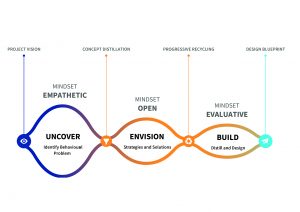
Such products will ensure the continuity of savings groups , spur linkages with financial institutions, and help members to meet their needs for financial services during a pandemic and afterward.
Stakeholders must recognize that most rural areas where savings groups are largely based have limited scope to adopt digital technologies. These regions suffer from poor internet connectivity that affects most FinTech services, which need 3G or better connectivity to function properly. People in these rural regions also have limited access to and have to struggle with inadequate infrastructure such as access to electricity and a high prevalence of .
Taking these dynamics into consideration, financial institutions can explore different approaches to training and capacity-building for saving groups:
- Financial institutions can use mobile phones to connect with savings groups. For instance, they could undertake virtual capacity-building initiatives, such as ePaathshala by MSC[1], especially on digital financial services to replace the that is currently in use. These institutions may carefully select (those with access to device and ), train (using a training-of-trainers’ approach), and incentivize lead trainers who would in turn train the rest of the members as they transition. The digital training materials should be translated into local dialects for ease of understanding.Sustaining savings groups
- Financial institutions may partner with civil society organizations to train the members and the local communities on safety and health precautions. Informative comics-based narratives can augment this training among the members.
- Financial institutions may also use agent networks to serve savings groups that find it difficult to transact. Agents usually operate from locations that are served relatively well with electricity and 3G networks. So, savings groups that lack smartphones, electricity, or 3G connectivity can transact through agents, who are often located in market towns that group members visit on a weekly or fortnightly basis
As the world continues to observe the norms of social distancing, we see that the traditional approaches to managing savings groups are no longer feasible. Group members have been unable to gather to undertake training, save, and repay loans. Better management of savings groups calls for the digitization of their operations, including group formation, registration, training, savings collection, and loan disbursement and collections. Through the use of digital means, the financial institutions around the world can provide uninterrupted financial services to countless members of savings groups, not unlike Hope.
[1] ePaathshala is a platform for skill development, capacity-building, training, and certification built on innovative digital technology
Free virtual training on Digital Transformation for Financial Institutions
The tragedy of the COVID-19 pandemic will have long-lasting implications on the global economy. Many financial institutions need to accelerate digital innovation and transformation to remain sustainable.
Olivia Obiero and Anant Tiwari, deliver a FREE virtual training on “Digital Transformation for Financial Institutions in the backdrop of COVID-19.” where they cover the following key topics through a three-hour interactive session:
• Digital transformation, importance, and relevance amid COVID-19
• Strategic choices and options for digital transformation
• Implementation of digital transformation
